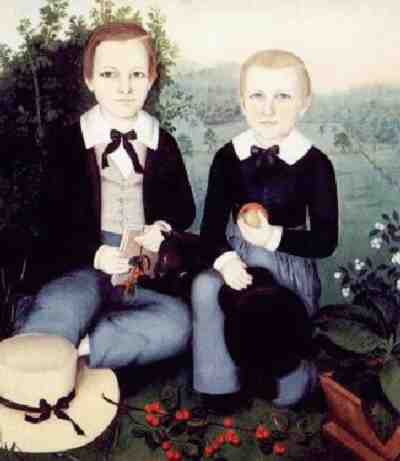
Figure 1.--Susan Waters painted these two brothers about 1845. Note that the Eton suit had reached rural America by the 1840s.


Figure 1.--Susan Waters painted these two brothers about 1845. Note that the Eton suit had reached rural America by the 1840s. |
Art was considered a man's profession. This was especially true of American primitive artists as many were itenerate. It woulf not have been acceptable for a woman to travel in rural America seeking commisiins. Still there were a few women artists in the major towns. Susan Waters was one of the most important.
Susan Waters, one of the few women, American primitive artist painted many, providing valuable information on individual fashion in a period in which photography was just beginning to provide images. Unfortunately HBC has be unable to find any information on her.
I know of two interesting images painted by Waters. The first is identified as "Brothers". I do not know who they are other than they live in rural America. The second is identified as the Lincoln children. It is not President Lincoln's family.
The available portraits by Waters provide information on several important fashions.
I have found no good sources on Waters yet.
Navigate the Boys' Historical Clothing Artist pages:
[Return to the Main primative artist style page]
[Return to the Main style page]
[Blake]
[Johnson]
[Stock]
[Waters]
[Anonymous]
[Chronology]
[Countries]
[Individuals]
Navigate the Boys' Historical Clothing Web Site:
[Return to the Main dress page]
[Return to the Main pantalettes page]
[Introduction]
[Chronology]
[Clothing styles]
[Biographies]
[Bibliographies]
[Activities]
[Countries]
[Contributions]
[Boys' Clothing Home]
